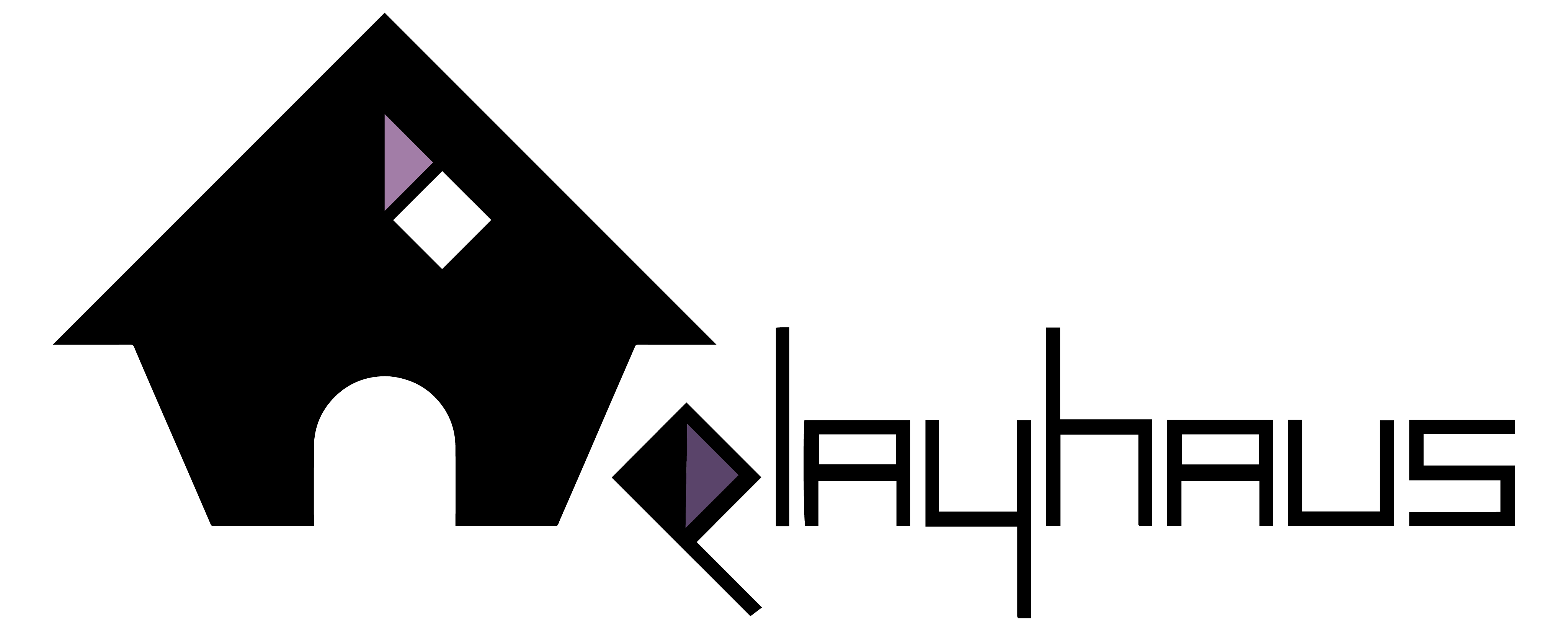No investment advice. Only memes.
Markets
(Price changes reflect past 7 days as of 5.24.22 @ 4:20 PM EST.)

ᵢₙₜₒ dₐ dₑₑₑₑₚ dₐᵣₖ ₚᵤₘₚ

Another day, another PFP craze — which stands, of course, for Pump Flip Ponzi. It doesn’t matter that Goblintown, currently the third highest collection on OpenSea by trading volume, has no roadmap, practical utility, or artistic merit whatsoever. In fact, these are being hailed not as drawbacks but features of this ‘masterclass in launch and branding in the NFT space’. Unfortunately, I’m left no choice but to agree.
The free-to-mint NFT collection, launched by anons with little to no hype a few days ago, quickly made the rounds on Crypto Twitter, fueled by the go-to degen cocktail of 1.) baseless speculation, 2.) recreational hopium abuse, and 3.) raw meme potential. Due to references in the leaked Yuga Labs pitch deck to a ‘Goblin’ project with expected revenue from the secondary market only, conspiracy theories soon circulated linking the pervading BAYC founders to Goblintown, driving copious trading volume by proxy.
These rumors have since been pretty thoroughly debunked, but it didn’t stop the initial mint from selling out, and it hasn’t curbed the subsequent hopium supply, with thousands of collectors attempting to raise the floor and profit off the ride. Somewhat refreshingly, it’s shaping up to be the most nihilistic pump and dump of all time. No one seems to be under the impression that this collection has any genuine value. They’re all just in a massive multiplayer metagame of chicken, committing to the bit until the last possible second, then locking in their gains before what little liquidity exists is flushed into the sewer where everything else about Goblintown belongs.
But making a strategic exit is a dangerous game when you’re dealing not with market forces but memes. Which, to be clear, is exactly what Goblintown is. The artwork, like Wojak or Troll Face before it, is a brazen anti-aesthetic. The project’s Twitter Spaces are just grown men grunting out ‘goblin noises’. And the founders communicate exclusively through their own Mocking-Spongebob-style dialect, a convenient non-response to all rugpull accusations:

Although about as tasteless as the average Yuga offering, it’s more likely Goblintown is the brainchild of some coordinated VC-funded guerilla marketing campaign. It feels tailor made for the bear market, designed to tap the wallets of a bunch of deprived gambling addicts desperate for another fix while hodling more rapidly deflating fake money than they know what to do with. Not to mention our boots on the ground (@NFT_nom, of course) reports that the word ‘Goblin’ kept popping up in random contexts all across Twitter in the days leading up to the launch.
Coincidence? Circumstantial evidence? Cold hard proof of widespread shadow government puppet mastery? It doesn’t matter, really. Memes are the original headless brand, appearing into the ether parthenogenetically to momentarily distract us from our crippling, congenital malaise, then disappearing without warning when our collective boredom grows too large to be contained, even by meaningless entertainment. A strong, risk-free investment if I’ve ever seen one.
Un-Tethered

This development probably slipped by you, given the historically unprecedented slew of awful news we’re subjected to these days. But, on May 16th, just days after the untimely demise of the Terra network, the New York Supreme Court rejected a petition from another stablecoin, Tether (USDT), to block the public from seeing the composition of their reserves.
This is significant because USDT’s market cap is between 4-8 times larger than Luna’s — Tether currently trades as the third largest cryptocurrency by market volume and the largest stablecoin by a strong margin. The major difference between Tether and Terra are the ways in which their value is pegged to the dollar. Terra bought and sold volatile assets algorithmically to stay stable, which, yeah, feels pretty inevitable how it ended when you write it out like that. Tether, on the other hand, is secured the good old fashioned way: stacks of gold bars, crates of bands, a brief case filled with glowing orange light, or whatever Coen-esque MacGuffin you prefer.
Point is, Tether is supposed to have a lot of tangible value in a vault somewhere. How else could their entirely intangible asset command an $80B market cap? Well, like Terra before it, it could be propped up by sticks and stones in a deep pile of low pH bullshit. However, unlike Terra, a Tether crash would trigger not only a steep market downturn but an industry wide financial catastrophe that would surely usher in prohibitive regulations and uniformed legislation from our gerontocracy.
Now, the main thing I find funny about this whole situation is how centralized the management of the literal reserves are for a technology-based initiative built on the idea of decentralizing financial control. Maybe I’m just an asshole with a predilection for blockchainfreude though. What’s not funny is what happens if Tether is indeed hodling less cash than they claim, and what happens if this information goes public. Because the implications would go far beyond a few degens losing their life’s savings.
If the blockchain industry goes under — which, in the wake of such a crash, it surely would — the impact would be global. Massive blockchain adoption, particularly in the play-to-earn gaming sector, provides a viable living to people in developing countries like the Phillipines and Indiana. (Editor’s Note: I assume El Prof meant ‘India’, but, considering the micro-Pence-sized problem faced by citizens of the poor state, I’ve decided to preserve the text as it was originally written.) Do those use cases bring genuine value to the international economic ecosystem? No. But they do bring food to tables. And, aside from the human cost, the adoption of innovative protocols like Solana by Indian software engineers makes the likelihood of a downturn frightening for the sheer promise that’d be washed out of the space in its wake.
Since May 7th, when the whole UST fiasco untethered the crypto markets, Tether itself also depegged. Now, nearly 20 days later, USDT remains depegged. Sure, it’s only hovering a fraction of a cent below the USD. But its inability to regain its footing casts a dark shadow on its supposed stability. And the founders’ unwillingness to bring the reality to light is even more worrying.
Now, with this impending forced regulatory transparency, it seems as though those in the know are repositioning to bet on its death. Unfortunately, we personally are as far from the know as one could possibly be. So, while Rome burns, please excuse us as we continue to sip our (Irish) coffee and speculate wildly.
You've been rated

Coinbase is apparently testing an app for employees to rate each other. I guess the idea is to crowdsource a gauge of their workforce’s alignment with the company’s core values. Over the past few years, we’ve seen what the values of the preeminent crypto exchange include — plagiarizing ads, facilitating insider trading, shilling shameless crypto optimism in the wake of dangerous market conditions, and all around being literal snitches. Still, ushering in the dystopia from ‘Nosedive’ would’ve seemed a bridge too far. Yet, here we are.
INB4 Coinbase MeowMeowBeenz™ Beta waitlist drops. Stealing intellectual property is squarely within their wheelhouse, after all. And, while we’re at it, here’s hoping it flops harder than their NFT marketplace. 2/5, at best.



